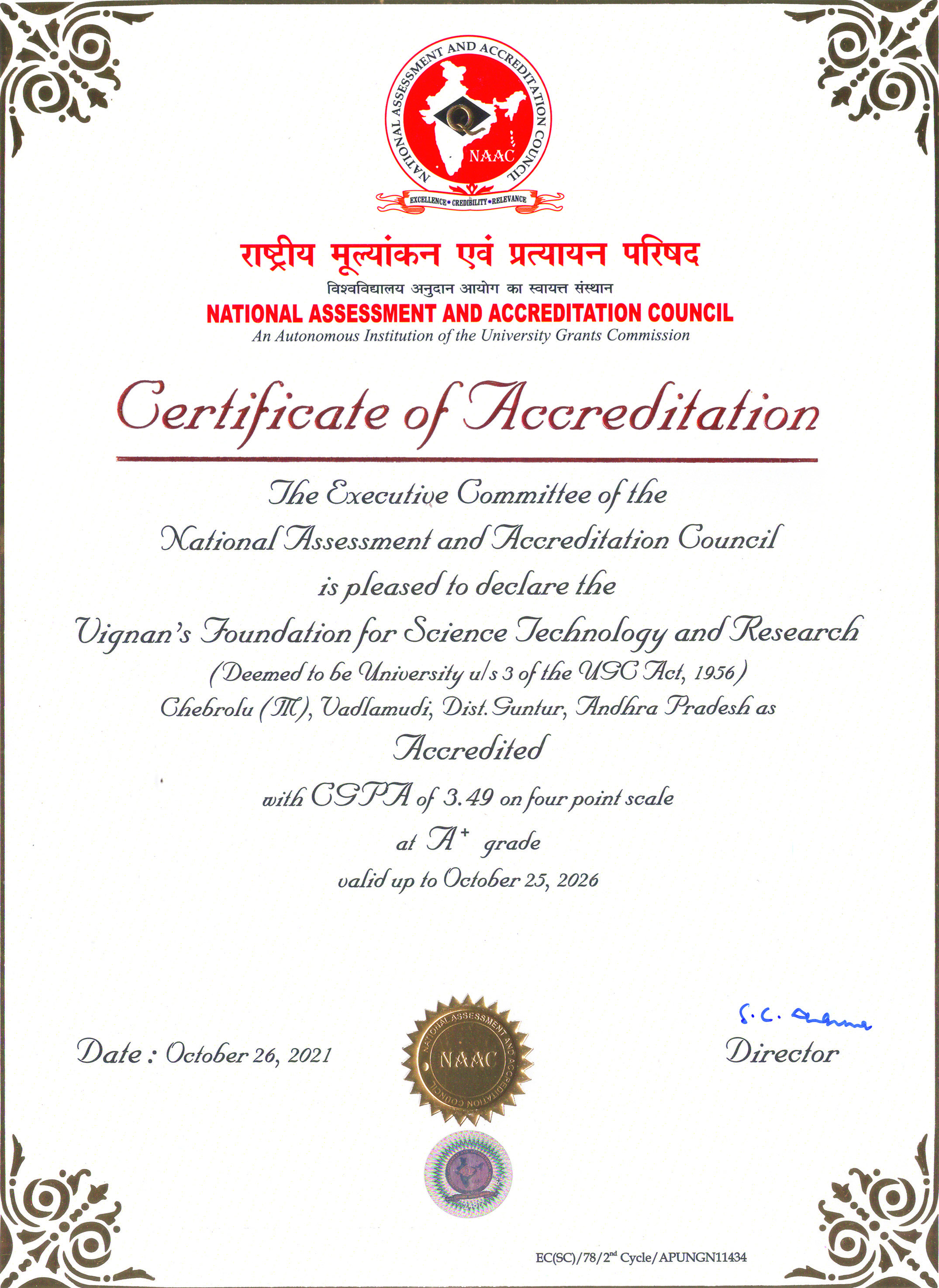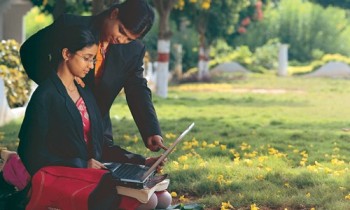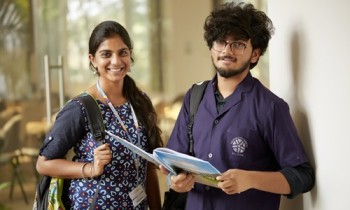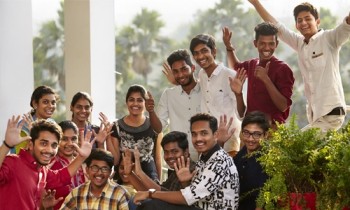Vignan's Foundation for Science, Technology & Research (VFSTR) (Deemed to be University) is known for quality-consciousness through its student-centric activities for transforming them into globally accepted, socially conscious, emotionally balanced and psychologically strong professionals. VFSTR sustains a culture that supports excellence in teaching-learning, outcome-based education, and provides an environment that serves the needs of students, faculty and staff.
National Assessment and Accreditation Council (NAAC) accredited VFSTR and awarded "A" grade on 16 November 2015 in the first cycle of its assessment for a period of five years till 15 November 2020.
The institution is heading towards the second cycle of accreditation in the year 2020.












